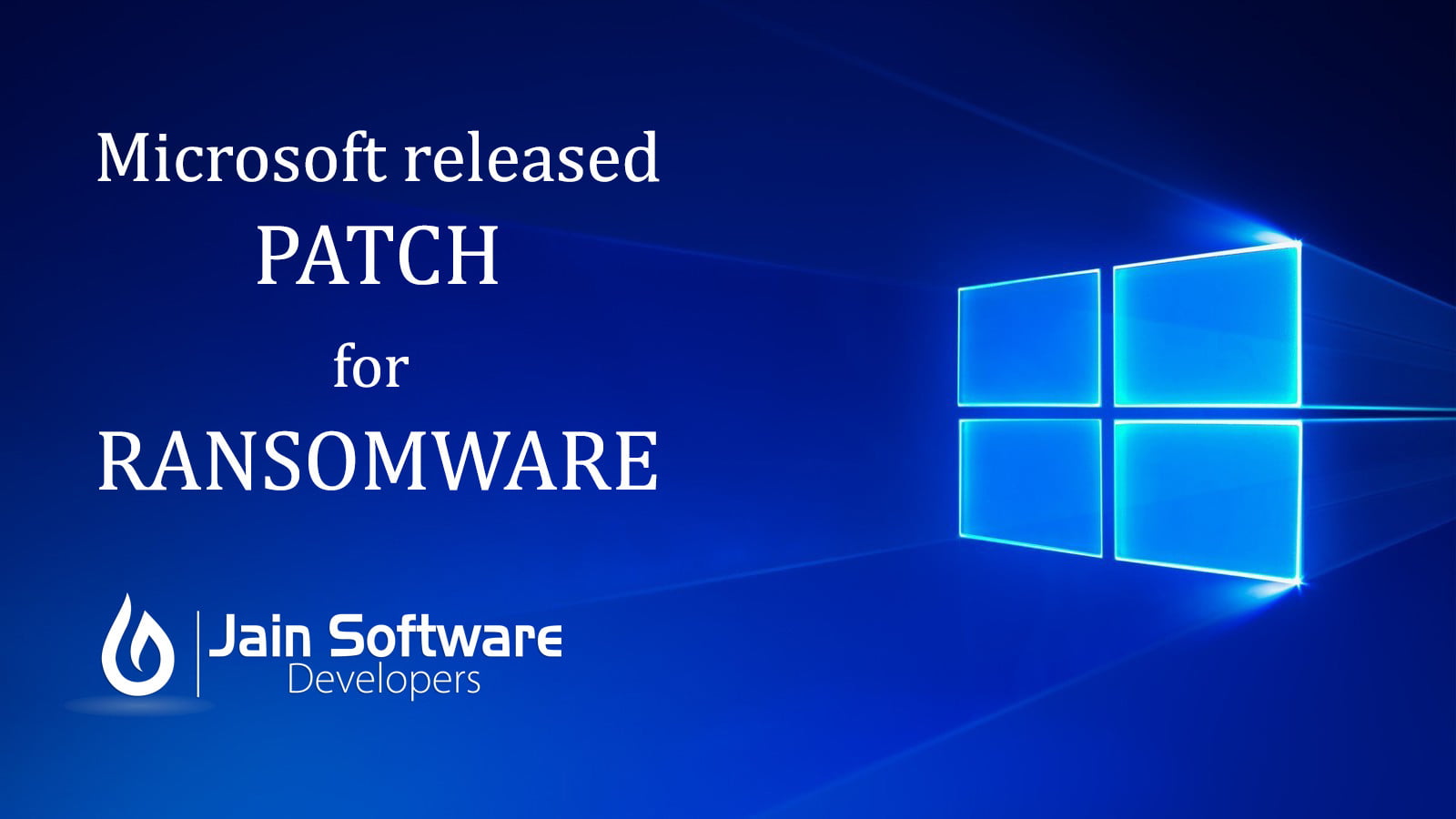What is 5G?
In Business, Official Blog, Tech-BLOG, Technical5G is slowly transitioning from an industry vision to a tangible, next-generation mobile technology. Some network operators have already announced 5G trials and pre-standard deployments of 5G technology. But what is 5G? Our fundamental viewpoint is that 5G will be a “network of networks”, a convergence of wireline and wireless with deep fiber penetration in both to support the variety of 5G use cases.
5G is foremost about enhanced mobile broadband, requiring much greater throughput than 3G or 4G. The vision for 5G also includes ultra-low latency speeds to enable futuristic applications. But implementing 5G also has its challenges ` it will require exploiting millimetre wave frequency bands, which has been formidable so far. Here’s more about the 5G technology hurdles the wireless industry is working to surmount.
According to the next generation mobile network’s 5G white paper. 5G connection must be based on user experience, system performance, enhanced service, Business model, management and operations.
According to GSMA to qualify for a 5G a connection should meet most these eight criteria:
- 1 to 10 GBPS connection to the end point in the field.
- 1 millisecond end to end round trip delay.
- 1000x bandwidth per unit area.
- 10 to 100x number of connected device.
- 99% availability
- 100% coverage
- 90% reduction in network energy usage.
- Up to ten-year battery life for low power.
5G will be significantly faster than 4G, allowing for higher productivity across all capable devices with a theoretical download speed of 10,000 Mbps. Plus, with greater bandwidth comes faster download speeds and the ability to run more complex mobile internet apps.
5G will cost more to implement and while the newest mobile phones will probably have


